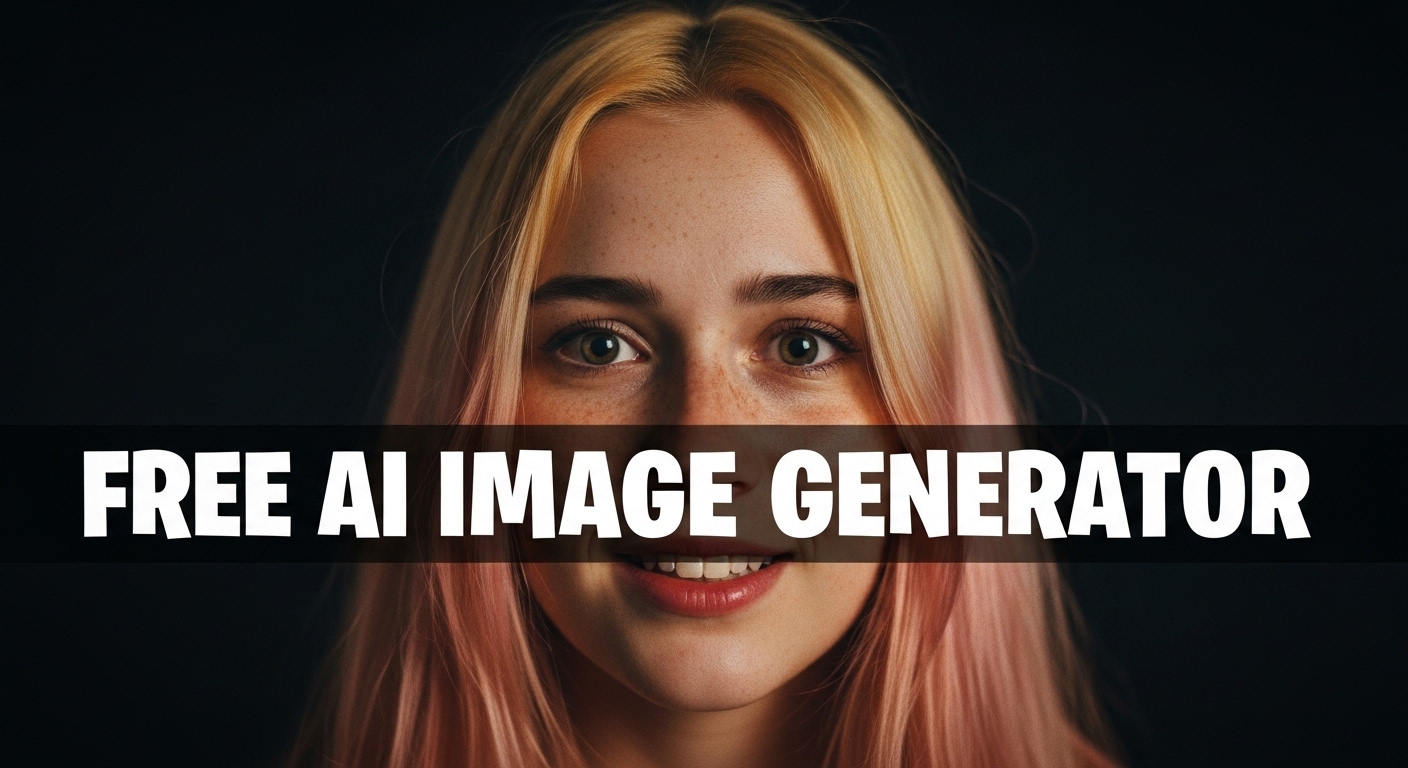Dreamy Image Generator Free Online Tool
Dreamy Image Generator is a free online tool to generate dreamy style images. The tool is free to use, just enter prompt in dreamy style and generate dreamy image style in seconds similar quality to flux, midjourney, open ai, imagen, nano banana AI image quality.
Generate Dreamy Image Generator Style AI Image for Free
What is a dreamy Generator?
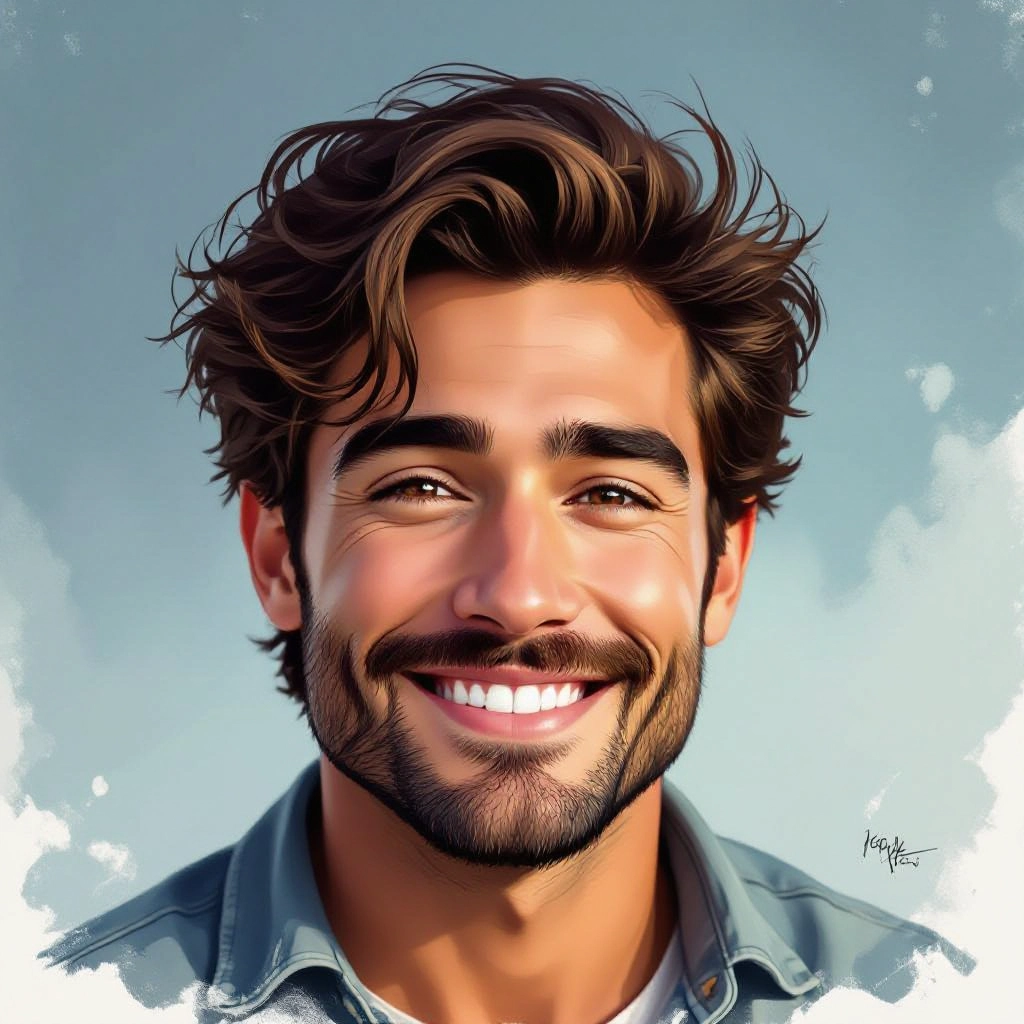
A Dreamy Generator is an AI image tool specialized in producing soft, atmosphere-rich visuals that emphasize glow, pastel color shifts, and delicate texture. Instead of focused hyperrealism, this generator crafts images with intentional haze, gentle lens bloom, and painterly transitions to evoke nostalgia, wonder, and quiet emotion. It blends lighting simulation, color grading, and stylistic filters so outputs feel like cinematic reveries rather than straightforward photographs.
Designers, illustrators, photographers, social creators and storytellers use a Dreamy Generator to prototype mood boards, create evocative covers, or layer surreal accents on real scenes. Marketers use it to build brand aesthetics that feel intimate and filmic, while indie game and concept artists use it to explore otherworldly palettes and atmospheres. People choose this style to communicate feeling over literal detail, to soften harsh subjects, or to give everyday scenes a magical, memory-like quality.
How to Create dreamy Images
To create dreamy images in three clear steps: Step 1 - Start with a focused subject and add dreamy modifiers in your prompt such as haze, soft focus, pastel palette, warm backlight and subtle bokeh to set the core mood. Step 2 - Adjust technical controls like aspect ratio, color saturation, guidance strength and bloom amount to balance softness and detail; use seed or variation controls to explore alternate moods. Step 3 - Iterate with negative prompts and refinements, then apply light post-processing like film grain, gentle vignetting, and split toning to deepen the dreamlike atmosphere.
Enter AI Dreamy Prompt
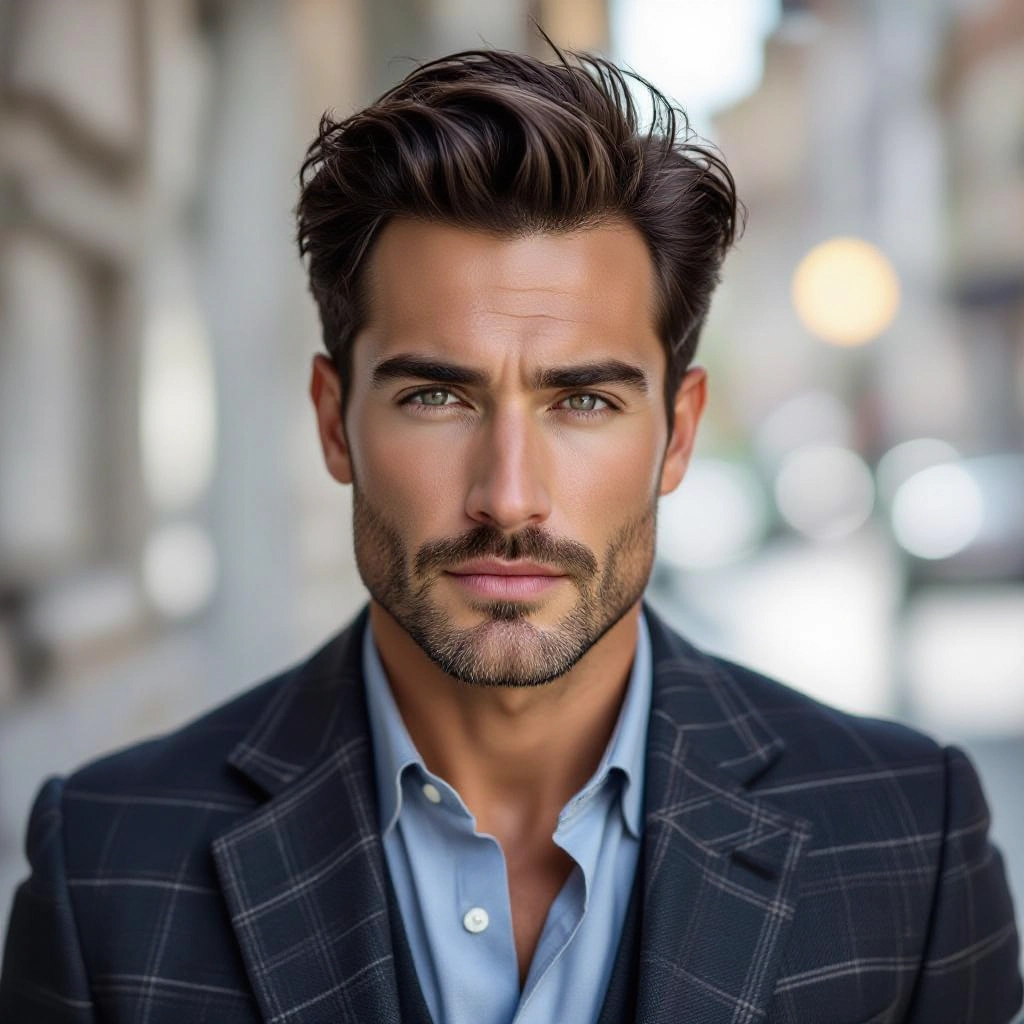
Type your dreamy character or scene description in the prompt box. Include details like character appearance, clothing, expressions, and setting to get better AI dreamy results.
Choose AI Model Settings
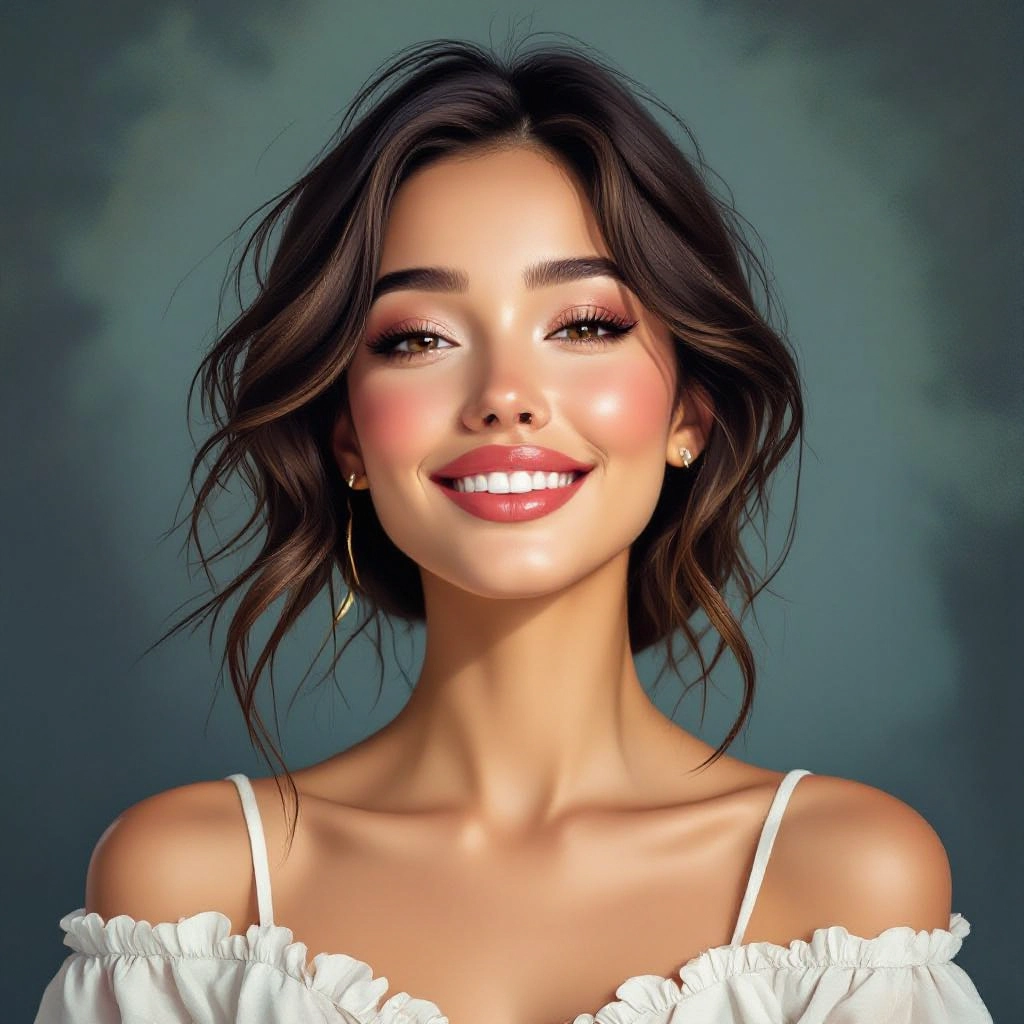
Select your preferred image size and aspect ratio. Our AI model delivers professional quality comparable to:
- • Flux AI Quality
- • Midjourney Standard
- • OpenAI DALL-E
- • Google Imagen
Download AI Dreamy Image

Once your AI dreamy image is generated, click the download button to save it to your device. The image will be in high quality format ready for use.
Features of AI dreamy Image Generator
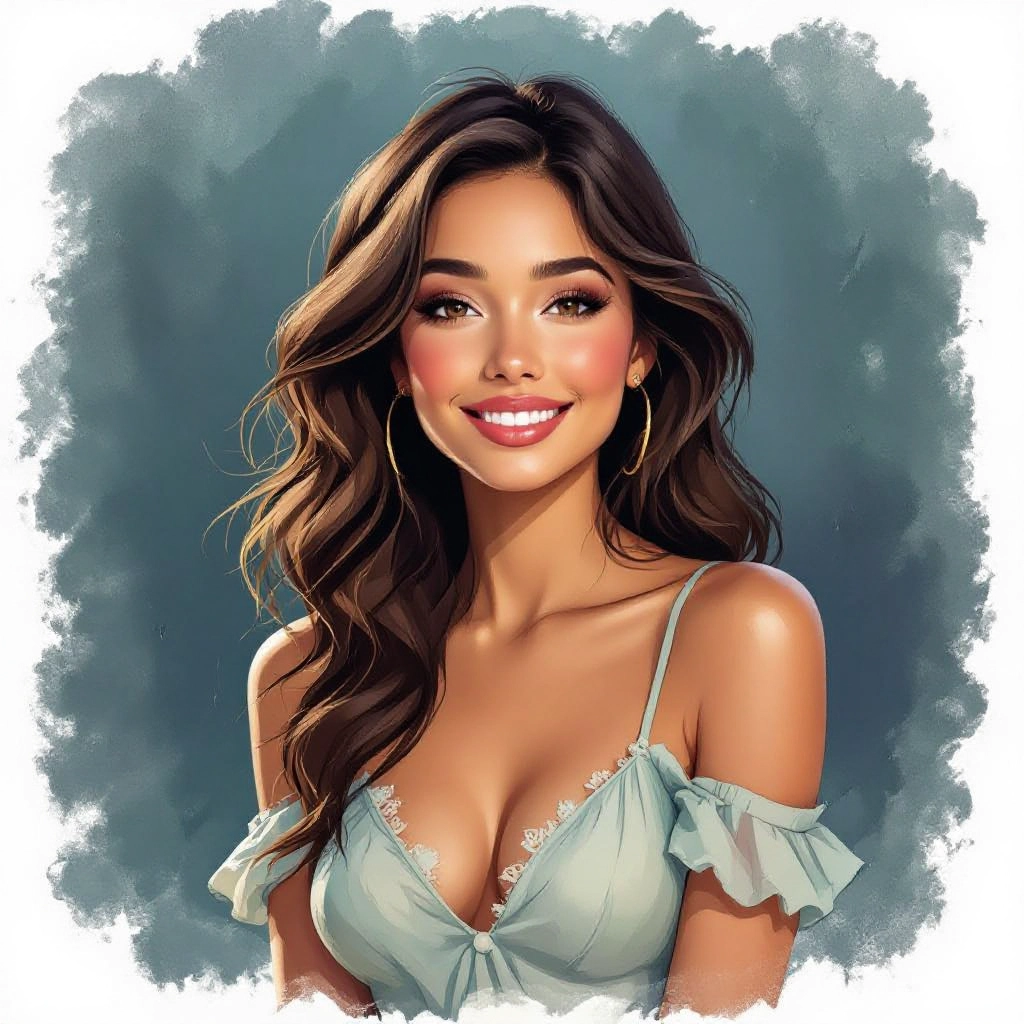
Adjustable Haze and Bloom
Fine-tune atmospheric haze, light bloom and glow to control how soft or luminous the scene appears. Use granular sliders to simulate dawn mist, cinematic backlight or a soft morning haze that diffuses highlights without losing silhouette definition.
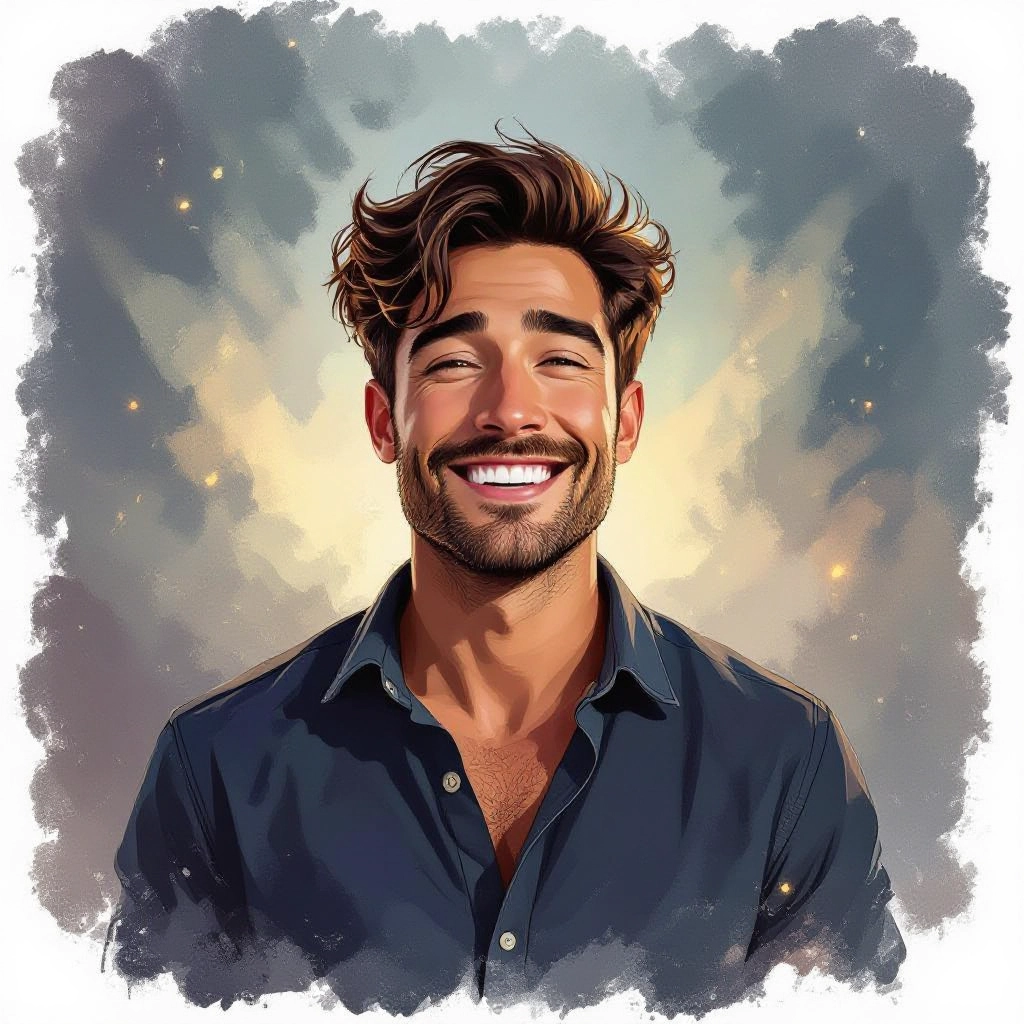
Pastel and Tone Presets
Built-in palettes of curated pastel gradients and vintage film tones let you switch instantly between warm sunset, cool moonlit, and faded polaroid looks. Each preset preserves contrast while shifting color harmony toward dreamy ranges.
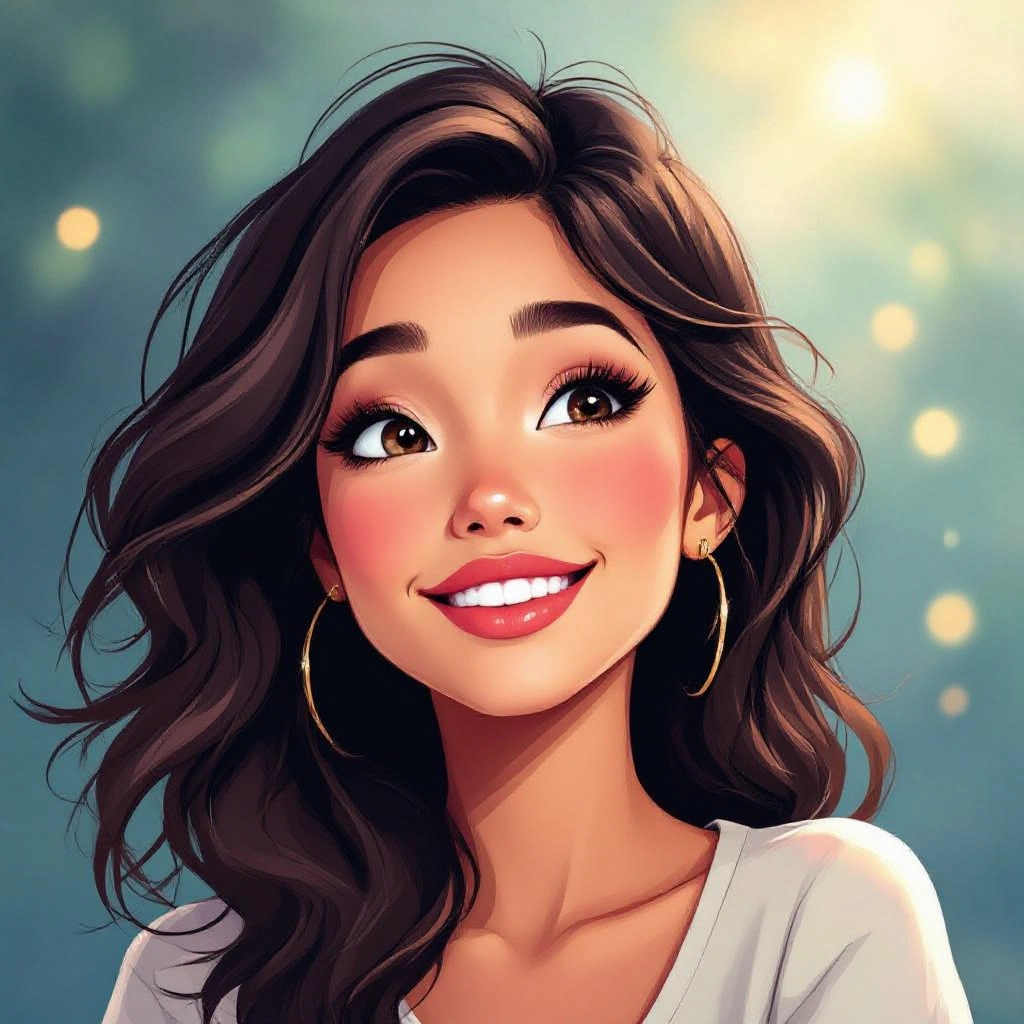
Bokeh and Light Shape Controls
Custom bokeh shapes, size, and intensity let you paint with light. Add heart, circle or soft hexagonal highlights in foregrounds and backgrounds to enhance depth and create whimsical, romantic points of interest.
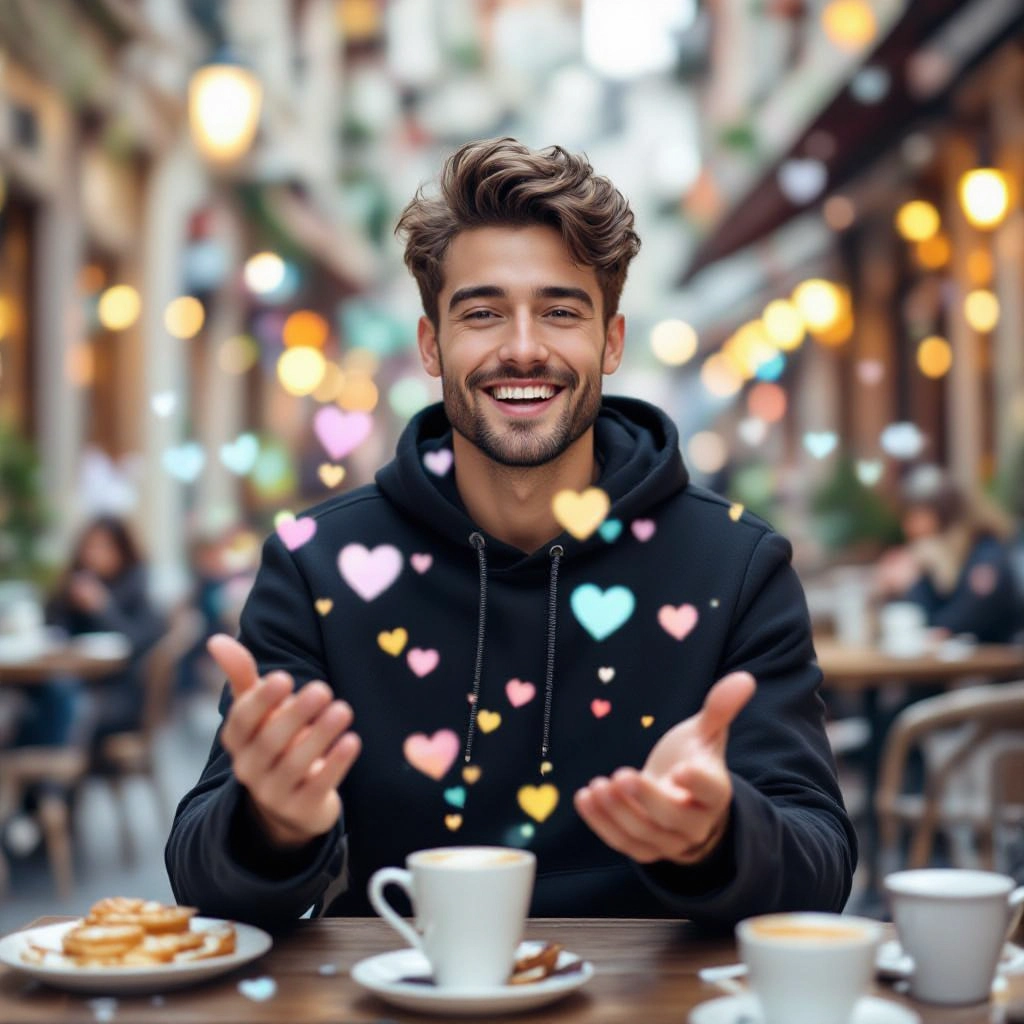
Texture, Grain and Canvas Finish
Layer subtle film grain, paper textures or watercolor canvas effects to move images away from digital crispness and toward tactile, handmade feeling. Controls include grain size, opacity and blend modes tuned for dream aesthetics.
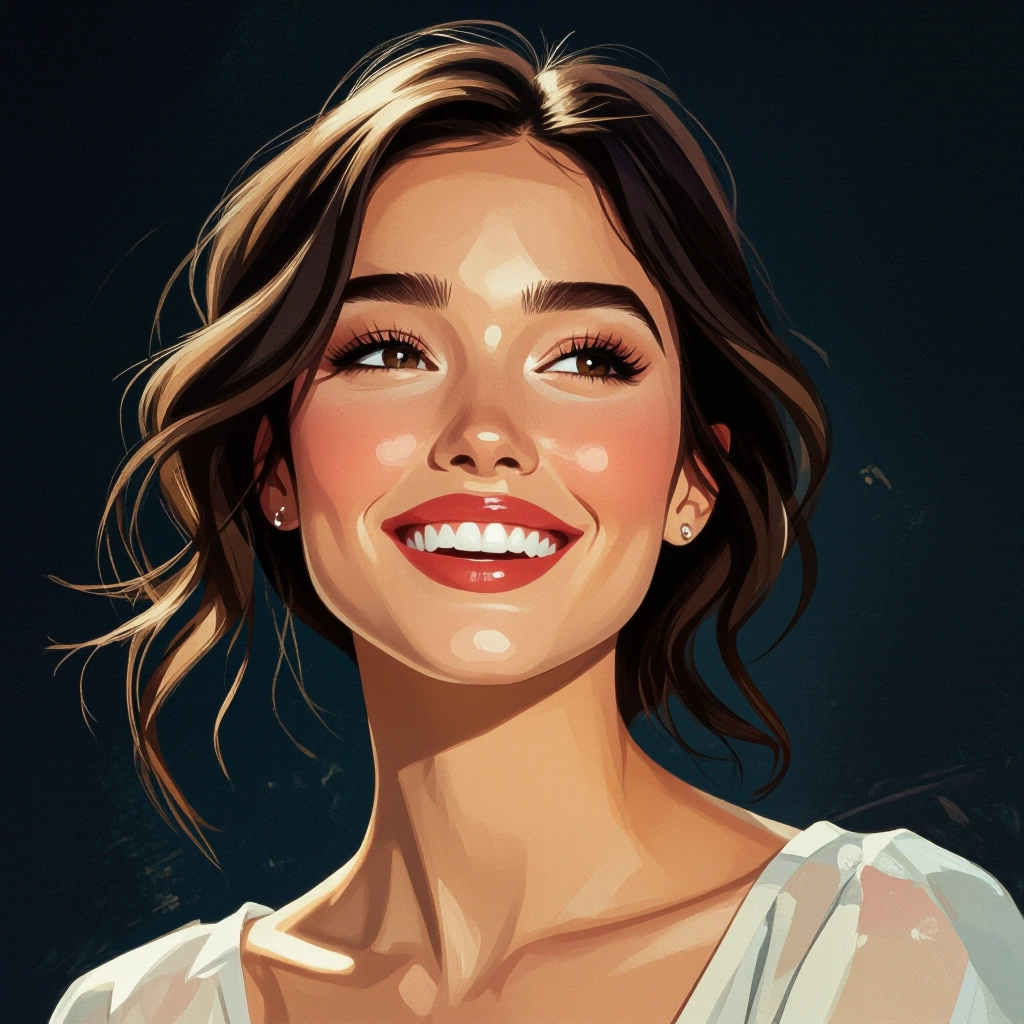
Guided Prompt Assistant
An interactive prompt helper proposes dreamy modifiers, composition tips and negative prompt suggestions that reduce harsh edges, remove harsh shadows and preserve soft contours so even new users can produce consistent, emotive results.
Types of AI Powered Dreamy Style Images
Dreamy style is broad; below are six focused variations that highlight different moods, tools and final uses. Each variation tweaks color, texture and lighting to achieve a specific dreamlike effect.
Soft Pastel Portraits
Intimate portraits with desaturated pastels, smooth skin rendering, low contrast and gentle rim light that create an air of nostalgia and tender emotion.
Foggy Landscape Dreams
Expansive outdoor scenes with layered fog, diffused sunlight and muted horizons, suited for moody travel images and melancholic horizon studies.
Celestial Bokeh Scenes
Nighttime or twilight compositions emphasizing floating bokeh, star-like highlights and luminous halos to suggest wonder or cosmic reverie.
Vintage Film Dreamscape
Grainy, color-shifted images that mimic old film stock with soft contrast and warm film fades, ideal for retro storytelling and evocative nostalgia.
Fairytale Illustration
Painterly, vivid dreamscapes that blend illustration with photographic elements: saturated skies, soft edge blending and whimsical color accents for storybook moods.
Surreal Double Exposure
Layered compositions that merge landscapes, portraits and textures with translucent overlays and soft masks to produce symbolic, dream logic imagery.
Applications of AI dreamy image style
Album and Music Art
Create cover art that captures the mood of a record with soft palettes and cinematic lighting, giving listeners a visual entry into the music’s atmosphere.
Book Covers and Editorial
Design covers and magazine spreads that use dreamy imagery to suggest theme and emotion rather than literal scenes, especially for fiction, poetry and lifestyle pieces.
Social Media and Influencer Content
Produce cohesive Instagram and Pinterest visuals with a signature dreamy look to increase engagement through a unique, recognizable aesthetic.
Concept Art for Film and Games
Rapidly prototype mood frames, environmental concepts and lighting studies that communicate the emotional tone of a scene to directors and teams.
Brand Mood Boards and Campaigns
Build brand narratives by assembling dreamy visual directions that convey warmth, trust or nostalgia for campaigns, packaging and identity work.
Prints, Gifts and Home Decor
Generate framed prints, calendar images and personalized gifts that feel handcrafted and evocative, with textures and tones tailored for interior display.
FAQs about AI dreamy image generator
Is the Dreamy Image Generator free to use?
Yes, the tool is free to use for generating dreamy style images. There may be optional paid tiers for higher resolution exports or commercial licensing, but basic dreamy generation features are available without cost.
What prompts create the most convincingly dreamy results?
Use prompts that combine subject with mood and technical modifiers, for example: low contrast portrait, warm pastel palette, soft backlight, subtle bokeh, film grain, painterly edges. Add negative prompts like harsh shadows or oversharp to suppress unwanted detail.
Can I use images generated here for commercial projects?
Commercial use is typically allowed but depends on the platform license. Check the generator’s terms for usage rights and consider paid licensing if you need high resolution files or exclusive commercial clearance.
How do I get higher resolution or print-quality dreamy images?
Use the high-resolution export option if available, increase the output size before generation, or upscale with a dedicated AI upscaler while preserving texture and glow. Apply gentle sharpening after upscaling to retain the dreamy softness.
How can I make results less repetitive and more varied?
Adjust seed, randomness or variation sliders, change phrasing in prompts, swap pastel palettes, and experiment with different bokeh shapes. Small shifts in lighting or camera angle keywords produce diverse moods while keeping the dreamy core.
What post-processing techniques enhance the dreamy aesthetic?
Finish with split toning toward pastel hues, apply soft vignette, add subtle film grain and gentle bloom. Use color curves to lift midtones and lower contrast for a memory-like finish that keeps highlights luminous but details soft.

Explore All Image Generators
More generators coming soon!
